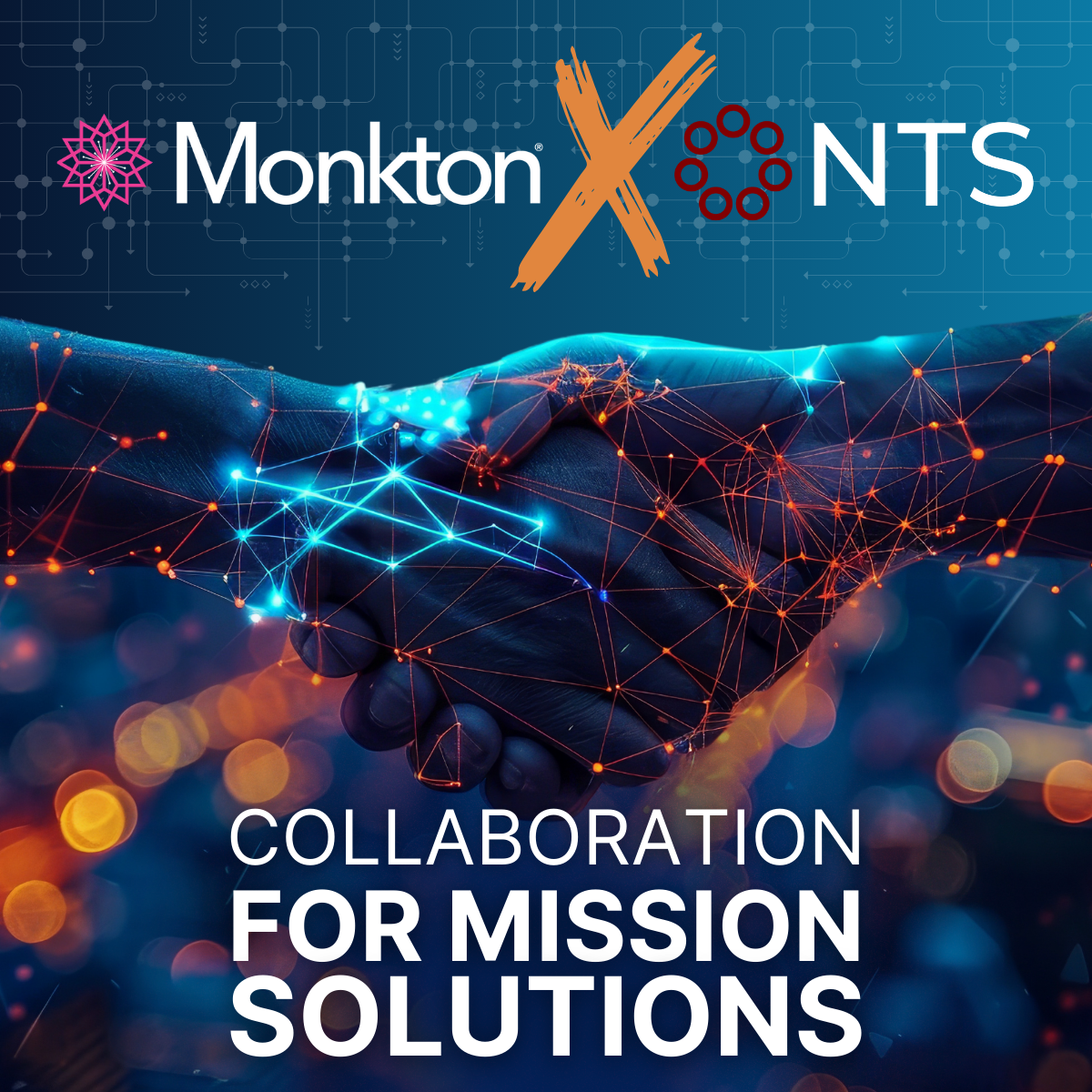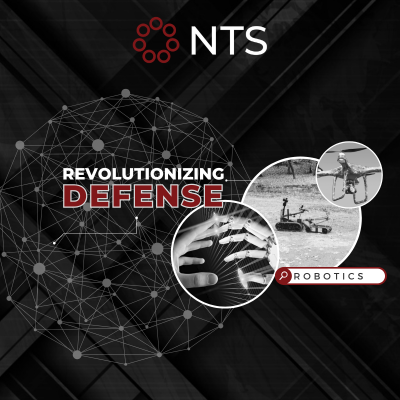The Future of Unmanned Systems in Various Industries
Unmanned systems, also known as drones, robots, and autonomous vehicles, are becoming increasingly prevalent in various industries.
From transportation and agriculture to construction and emergency services, unmanned systems are being used to improve efficiency, reduce costs, and increase safety. In this blog post, we will explore the current and potential future use of unmanned systems in different fields and how technology is advancing.
THE IMPACT OF UNMANNED SYSTEMS IN THE TRANSPORTATION INDUSTRY
Unmanned systems are already being used in the transportation industry to improve efficiency and reduce labor costs. Drones are being used for package delivery, while autonomous vehicles are being tested for ground transportation. In the future, unmanned systems have the potential to revolutionize the transportation industry.
For example, drones could be used to deliver goods to remote areas that are currently difficult to reach by traditional means. Autonomous vehicles could also be used to reduce the number of accidents caused by human error. In addition, unmanned systems could be used to improve traffic flow and reduce congestion on roads.
THE USE OF UNMANNED SYSTEMS IN AGRICULTURE
Unmanned systems are also being used in agriculture to improve efficiency and reduce labor costs. Drones are being used for crop monitoring, while autonomous tractors are being used for planting and harvesting. In the future, unmanned systems have the potential to revolutionize the agriculture industry.
For example, drones could be used to monitor crop growth, soil moisture, and weather conditions to optimize crop yields. Autonomous tractors could also be used to reduce labor costs and increase productivity. In addition, unmanned systems could be used to improve the precision of fertilizer and pesticide application, reducing the need for chemical inputs and reducing the impact on the environment.
THE ROLE OF UNMANNED SYSTEMS IN CONSTRUCTION AND MINING
Unmanned systems are being used in construction and mining to improve efficiency and reduce labor costs. Drones are being used for surveying, while autonomous vehicles are being used for material handling. In the future, unmanned systems have the potential to revolutionize the construction and mining industries.
For example, drones could be used to survey and map construction sites, while autonomous vehicles could be used to reduce labor costs and increase productivity. In addition, unmanned systems could be used to improve safety by reducing the number of human workers required in dangerous or hazardous environments.
THE USE OF UNMANNED SYSTEMS IN EMERGENCY SERVICES
Unmanned systems are being used in emergency services to improve efficiency and reduce risk to human responders. Drones are being used for search and rescue, while autonomous vehicles are being used for disaster response. In the future, unmanned systems have the potential to revolutionize emergency services.
For example, drones could be used to quickly assess the damage caused by natural disasters, while autonomous vehicles could be used to transport emergency supplies and personnel. In addition, unmanned systems could be used to improve safety by reducing the need for human responders to enter dangerous or hazardous environments.
DATA MODERNIZATION + UNMANNED SYSTEMS
Data modernization is a critical aspect when it comes to the future of unmanned systems. As unmanned systems continue to advance, they generate vast amounts of data that need to be analyzed, processed, and acted upon in real-time. This requires robust and advanced data management systems that can handle the large volume, variety, and velocity of data that unmanned systems produce.
With data modernization, organizations can make better-informed decisions and optimize the performance of unmanned systems.
For example, data modernization can enable farmers to optimize crop yields by analyzing data on weather, soil conditions, and crop growth. Similarly, it can help construction companies to improve safety by analyzing data on site conditions and identifying potential hazards.
Data modernization is essential for organizations to fully leverage the potential of unmanned systems and make data-driven decisions.
THE USE OF UNMANNED SYSTEMS IN MILITARY OPERATIONS
Unmanned systems in military operations: Today, unmanned systems are used by the military for tasks like reconnaissance, surveillance, and intelligence gathering.
In the future, the use of unmanned systems could extend beyond that. Autonomous drones could be used to conduct airstrikes, while autonomous ground vehicles could be used for the transportation of troops and supplies in the battlefield.
These systems could also be used to improve defensive operations by providing real-time intelligence on enemy movements. With advanced data management and modernization, unmanned systems could also be used to process, analyze, and act upon large amounts of data in real time.
LOOKING AHEAD
Technology is advancing, and the future of unmanned systems is looking bright. The use of unmanned systems in transportation, agriculture, construction, and emergency services is just the beginning. As the technology continues to develop, the potential of its application will increase. Looking ahead, advanced, unmanned systems will play an increasingly important role in our everyday lives, making our day-to-day easier, safer, and more productive.







NexTech Solutions LLC - All Rights Reserved | Powered by TRAACK Agency



